What Every Teacher Needs
While schools should center children in purpose, tone, structure, function, etc., what about teachers? What do they need?
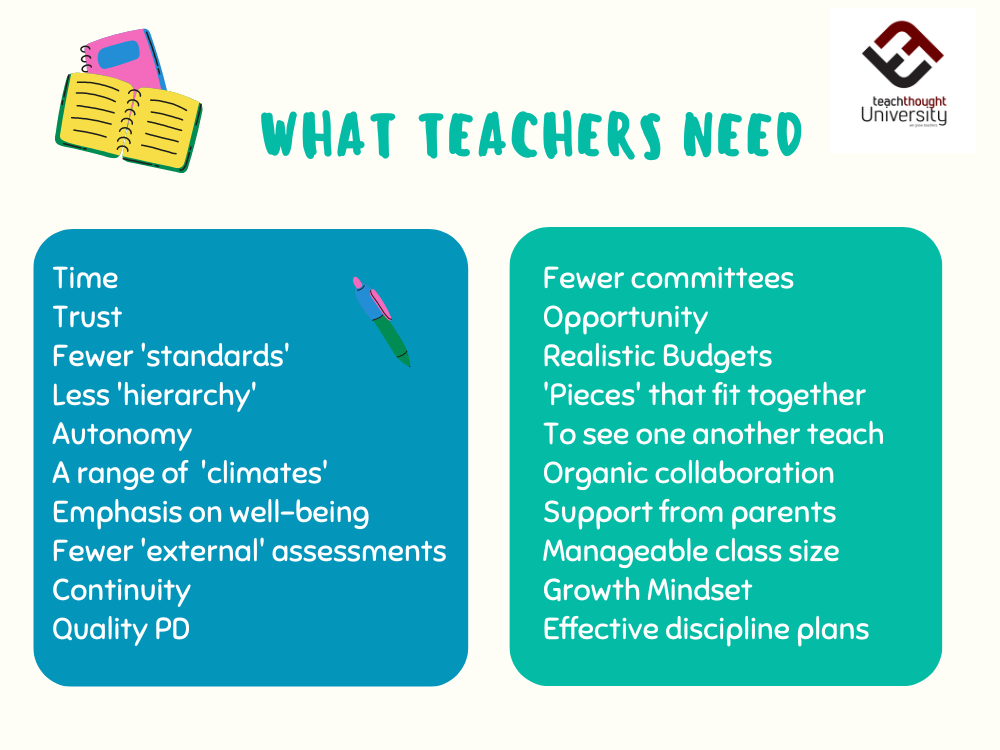
While schools should center children in purpose, tone, structure, function, etc., what about teachers? What do they need?
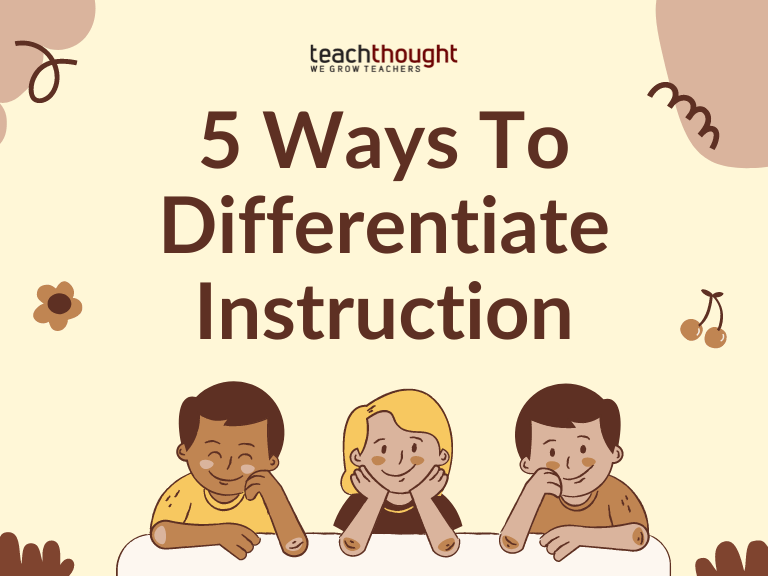
There are many ways to differentiate instruction, from flexible grouping to multiple assessments and improving student choice.
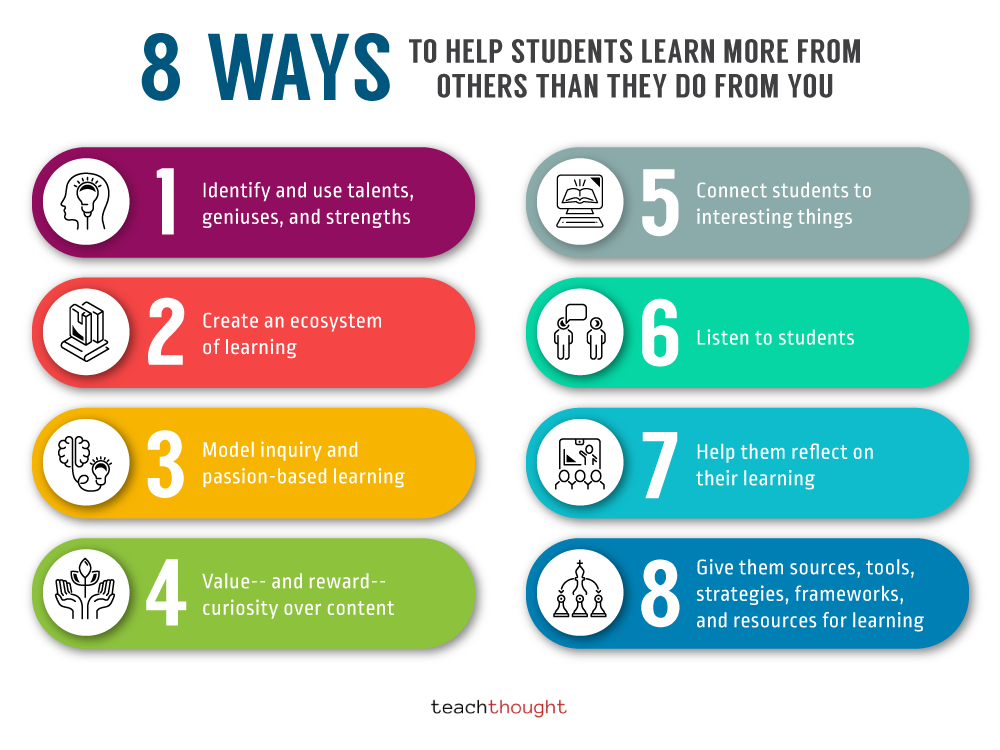
What/who is the most compelling, ongoing catalyst for helping students learn in your classroom? If it’s the teacher, you’re in trouble.
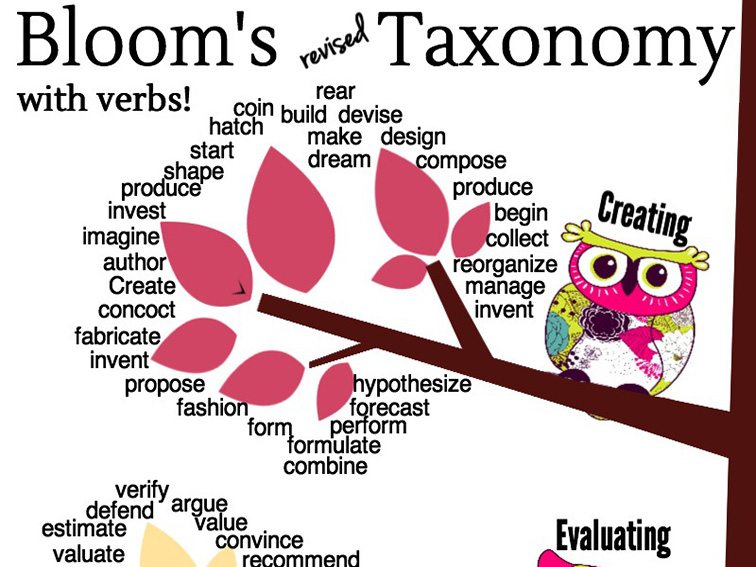
A Bloom’s Revised Taxonomy Graphic by TeachThought Staff If you’re a TeachThought reader, you know that thought is at the core of our content–curiosity, critical thinking, self-direction, and play among other slivers of learning. This is especially true regarding teaching, learning, and technology. At the point where teaching, learning, and thinking overlap, the concept of a learning taxonomy…
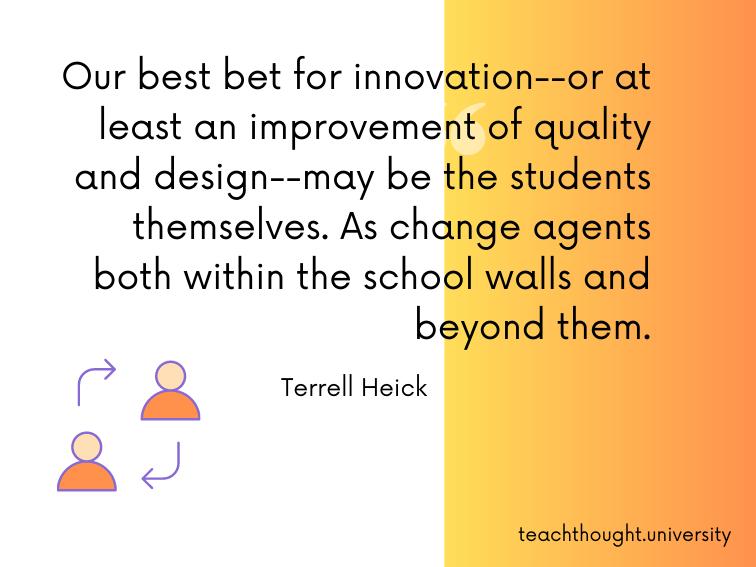
With considerable trepidation, I commonly write about the future of education–the future of the classroom, the future role of the teacher, the role of robots (and whether or not robots can replace teachers), and AI and new models accommodate these technologies, such as Combination Learning, Self-Directed learning, and the Sync Learning Model, among others. What…
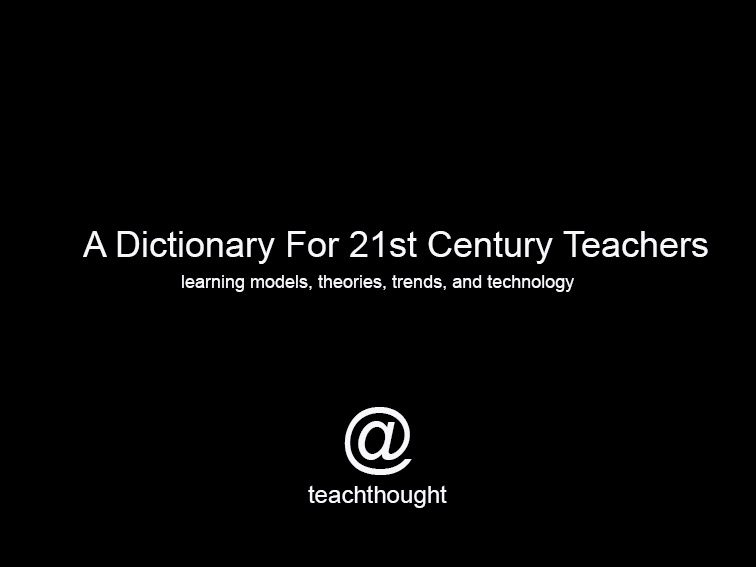
A Dictionary For 21st Century Teachers: An ongoing index of emerging learning models, theories, and technology for progressive teaching.
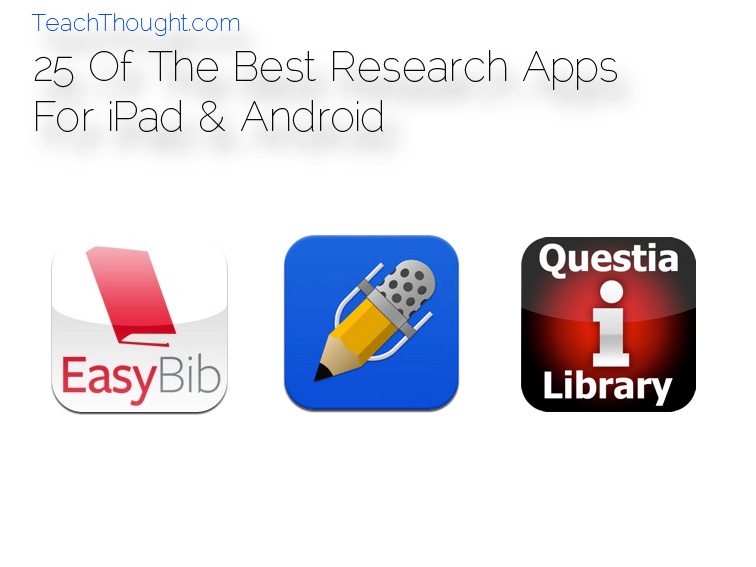
Discover the top research apps for iPad and Android devices, from PDF annotation with iAnnotate to seamless note-taking with Notability.
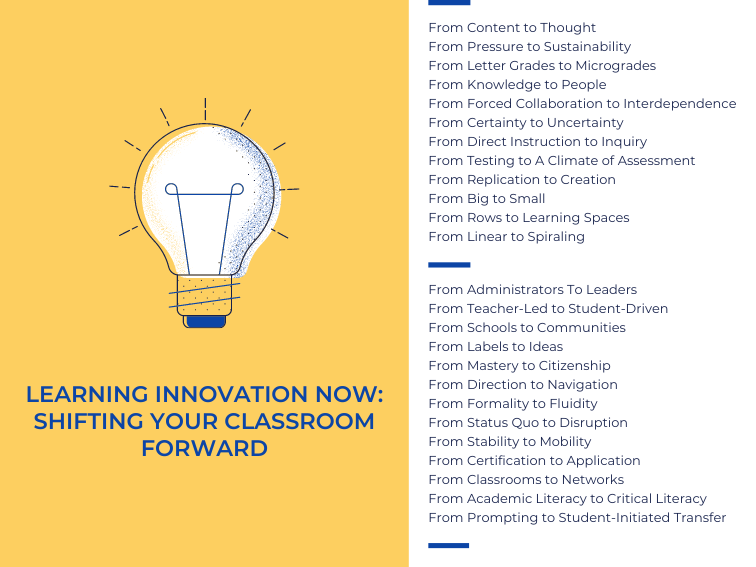
From content to thought, linear learning to spiral learning, and grading to micrograding, here are possible characteristics of an innovative classroom.
While ‘being cool’ isn’t necessary for effective pedagogy, there is an undeniable performative component to teaching.
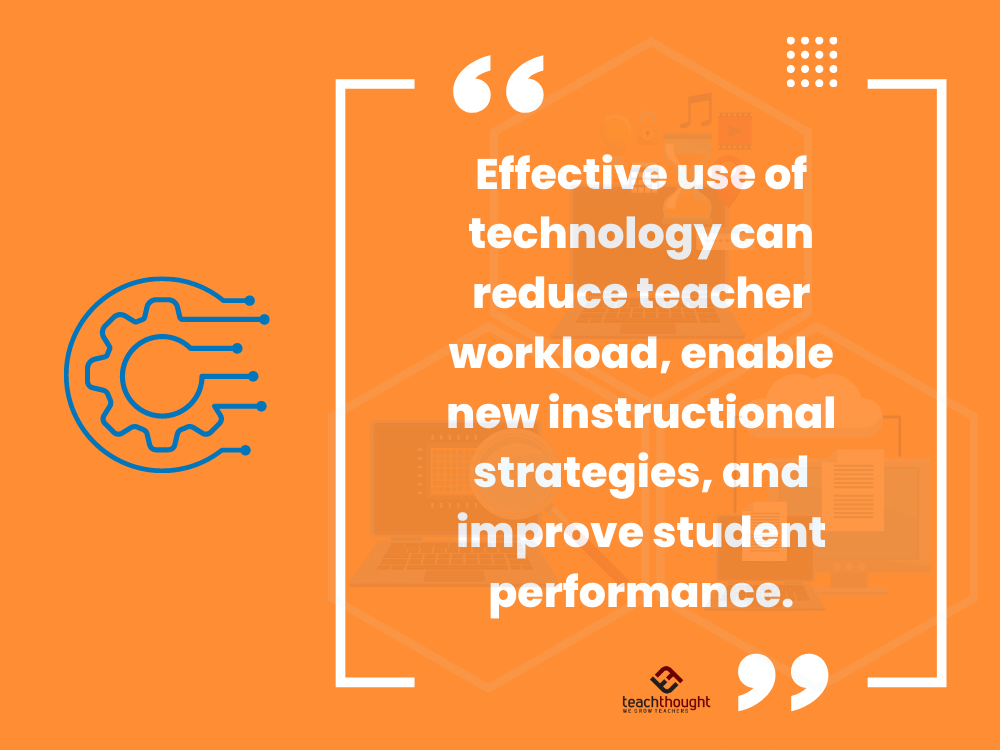
Effective use of technology can reduce teacher workload, enable new instructional strategies, and improve student performance.
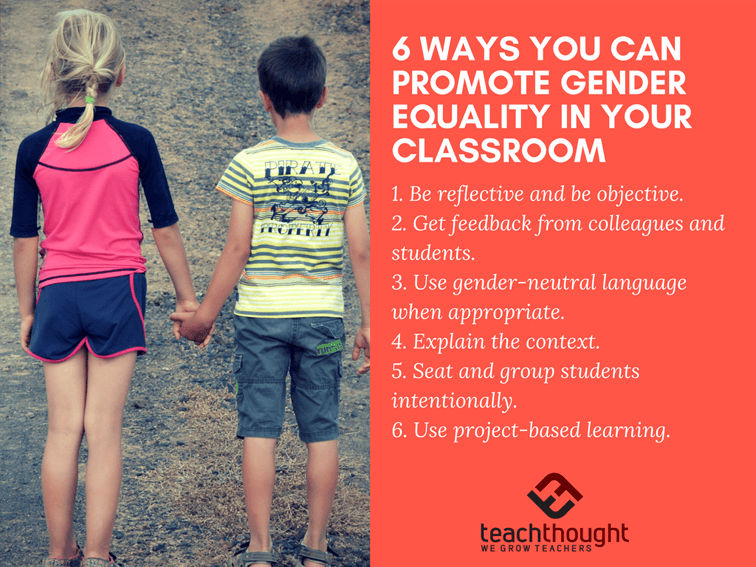
‘Gender’-grounded’ interactions can create lasting effects in other areas of their lives, at times limiting student self-image and perception of opportunities.
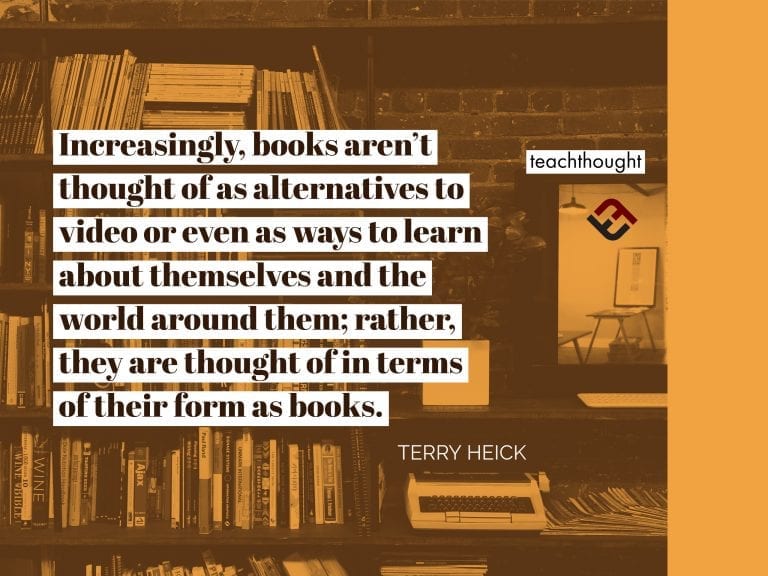
Increasingly, books aren’t thought of as entertainment or even as ways to learn; they are thought of in terms of their form: as books.